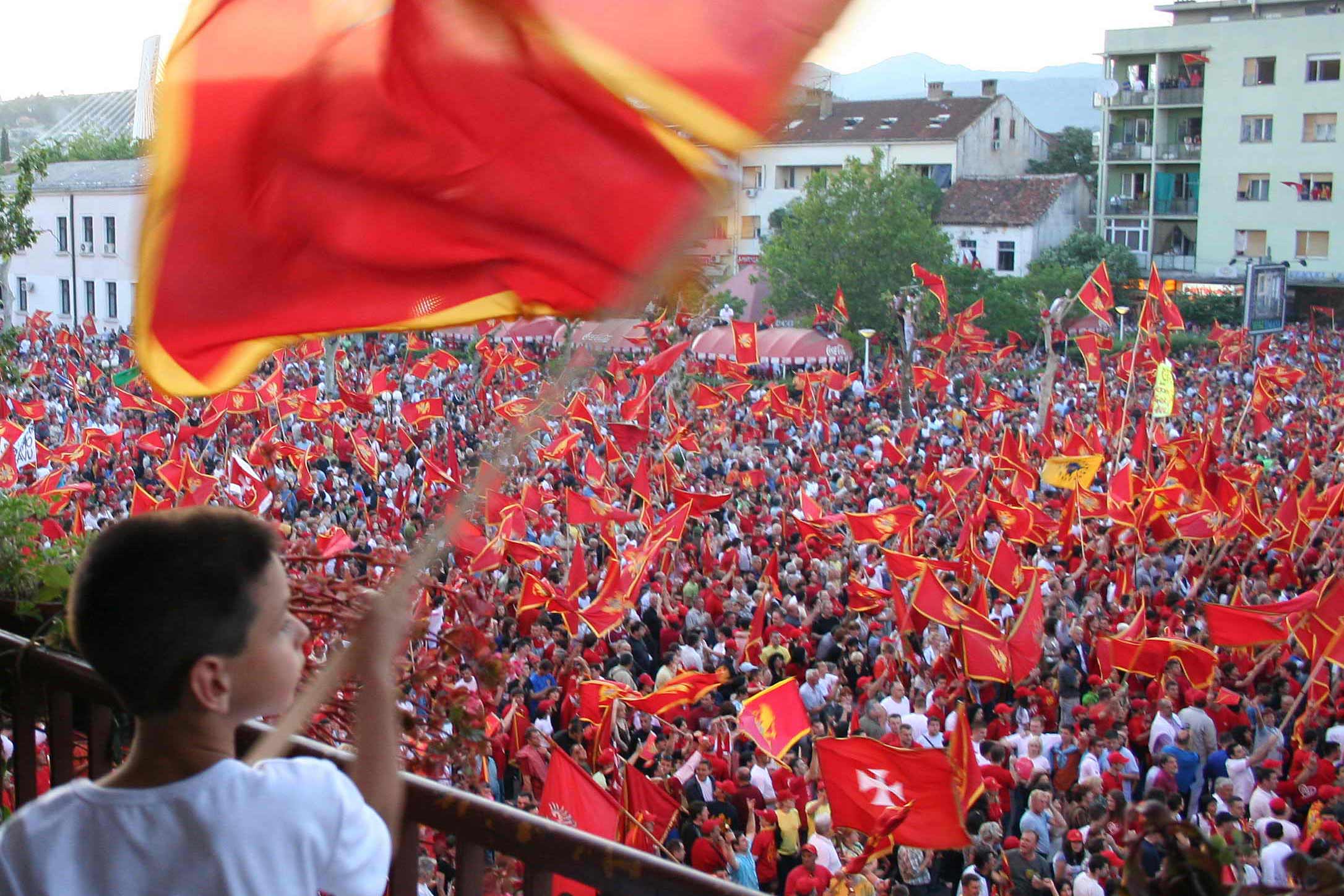nordic-circus.org – The journey of Montenegro to independence from Serbia is a complex tale of political maneuvering, national identity, and the quest for sovereignty. This article provides a detailed account of the key events and factors that led to Montenegro’s emergence as a separate nation-state in 2006.
The Backdrop: Yugoslavia’s Dissolution
The story of Montenegro’s independence is closely intertwined with the dissolution of Yugoslavia. Following the breakup of the Socialist Federal Republic of Yugoslavia in the early 1990s, Montenegro found itself in a union with Serbia, forming the Federal Republic of Yugoslavia (FRY). This union was marked by political and economic challenges, as well as the international isolation that Serbia faced due to its role in the Yugoslav Wars.
The Push for Independence
The Rise of Pro-Independence Sentiment
Throughout the 1990s and early 2000s, a growing movement within Montenegro advocated for independence from Serbia. This movement was fueled by a desire for greater political and economic freedom, as well as the recognition of Montenegro’s distinct cultural and historical identity. The pro-independence camp was led by Milo Đukanović, who became the President of Montenegro in 1998.
Political Reforms and International Support
Đukanović’s government initiated a series of political and economic reforms aimed at distancing Montenegro from Serbia. These reforms included efforts to democratize the country, improve human rights, and foster closer ties with the European Union (EU) and NATO. International actors, particularly the EU and the United States, supported Montenegro’s reform agenda, seeing it as a means to stabilize the Balkans and promote democratic governance.
The 2003 Constitutional Charter
A significant step toward independence was the adoption of the Constitutional Charter of Serbia and Montenegro in 2003. This document transformed the FRY into a looser state union, known as Serbia and Montenegro, and provided for the possibility of a peaceful dissolution of the union through a referendum.
The 2006 Referendum
The Campaign and Key Issues
The referendum on independence was held on May 21, 2006. The campaign leading up to the vote was intense and highly polarized. The pro-independence bloc, led by Đukanović’s Democratic Party of Socialists (DPS), argued that independence was essential for Montenegro’s economic development and integration into European and Euro-Atlantic structures. The unionist camp, led by the Serbian People’s Party (SNS), emphasized the historical and cultural ties between Montenegro and Serbia, and warned of the economic risks of independence.
The Vote and Its Aftermath
The referendum results were extremely close, with 55.5% of voters choosing independence, just above the 55% threshold set by the European Union. The narrow margin of victory reflected the deep divisions within Montenegrin society. In the days following the referendum, both the pro-independence and unionist leaders called for reconciliation and unity.
On June 3, 2006, Montenegro officially declared independence, and the country began the process of establishing itself as a sovereign state. The international community, including the United Nations, the European Union, and the United States, quickly recognized Montenegro’s independence.
Building a New Nation
Political and Economic Challenges
The road to independence was not without its challenges. Montenegro faced the daunting task of building its state institutions, developing its economy, and integrating into international organizations. The country also had to navigate the complexities of its relationship with Serbia, ensuring that the transition to independence was peaceful and that the rights of all citizens, including the Serbian minority, were protected.
Achievements and Future Prospects
Despite these challenges, Montenegro has made significant progress since its independence. The country has pursued a pro-Western foreign policy, joining NATO in 2017 and continuing its efforts to join the European Union. Montenegro has also worked to develop its economy, particularly its tourism sector, and to strengthen its democratic institutions.
The journey of Montenegro to independence is a testament to the resilience and determination of its people. From a contested territory within the crumbling Yugoslav federation to a recognized member of the international community, Montenegro’s political journey is a story of overcoming adversity and striving for a better future.
